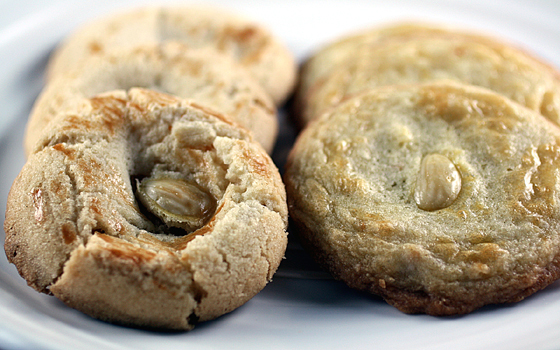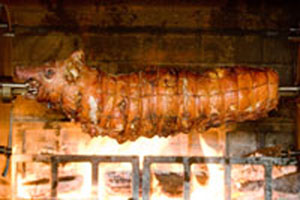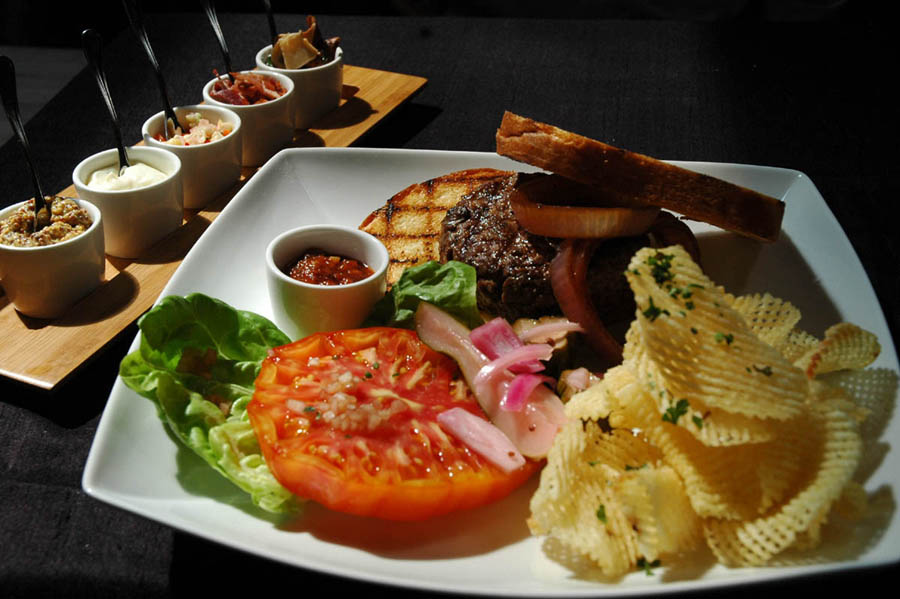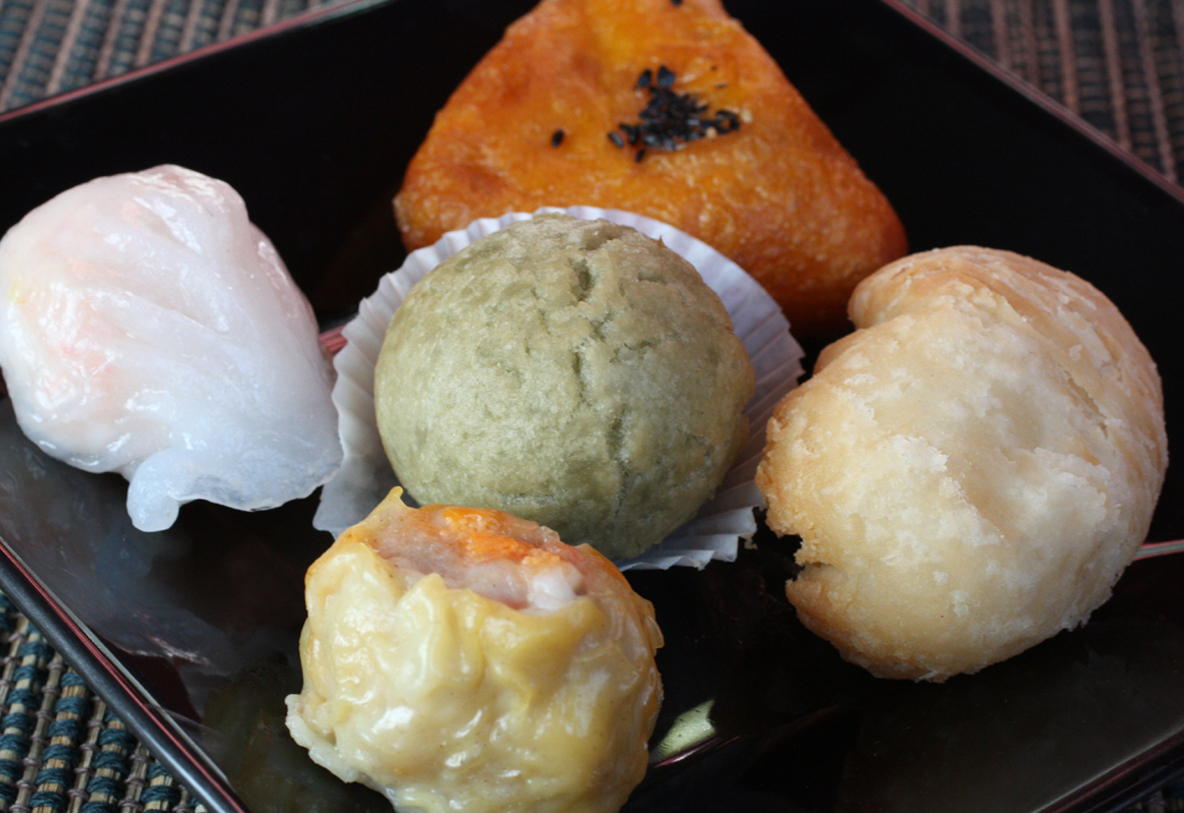
Welcome the start of Lunar New Year today with Chinese almond cookies. Two different kinds, to be exact.
After all, you can never have too much of a good thing — especially when it comes to cookies.
Oh sure, you could take the easy route and buy a tub of almond cookies at the store. But please, make your own. They’re so much better and fresher. Try either of these recipes, and you’ll be glad that you did.
In one corner (right one in photo), we have the recipe for “Chinese Almond Cookies” from “Classic Stars Desserts” (Chronicle Books) by Bay Area Pastry Chef Emily Luchetti. (If you missed my fun Q&A with her, just click here.)
In the other corner (left one in photo), we have another recipe for ”Almond Cookies” from one of my all-time favorite Chinese cookbooks, “Every Grain of Rice (Clarkson Potter) by Ellen Blonder and Annabel Low.
I know what you’re thinking: “But Food Gal, which cookie recipe is better?” (You are thinking that, right?)
The answer is that they’re both wonderful, but it just depends on what you like.
The recipe by Blonder and Low will probably appeal to the almond cookie purist, the one who wants the exact same look and texture as the ones found in the stores or that arrive on the tray with the check at Chinese restaurants. These cookies have pretty crackles on top, and bake up sandy and crumbly from the addition of shortening.
Luchetti’s version is more for the modern almond cookie aficionado. Her almond cookies are crispy on the edges, and sort of cakey in the center. They are made with butter, and get a jolt of fresh almond flavor from sliced almonds incorporated right into the dough.
So which contender will it be?
Go ahead, make both. What better way to say, Gung Hay Fat Choy!
Almond Cookies (From “Every Grain of Rice”)
Read more





